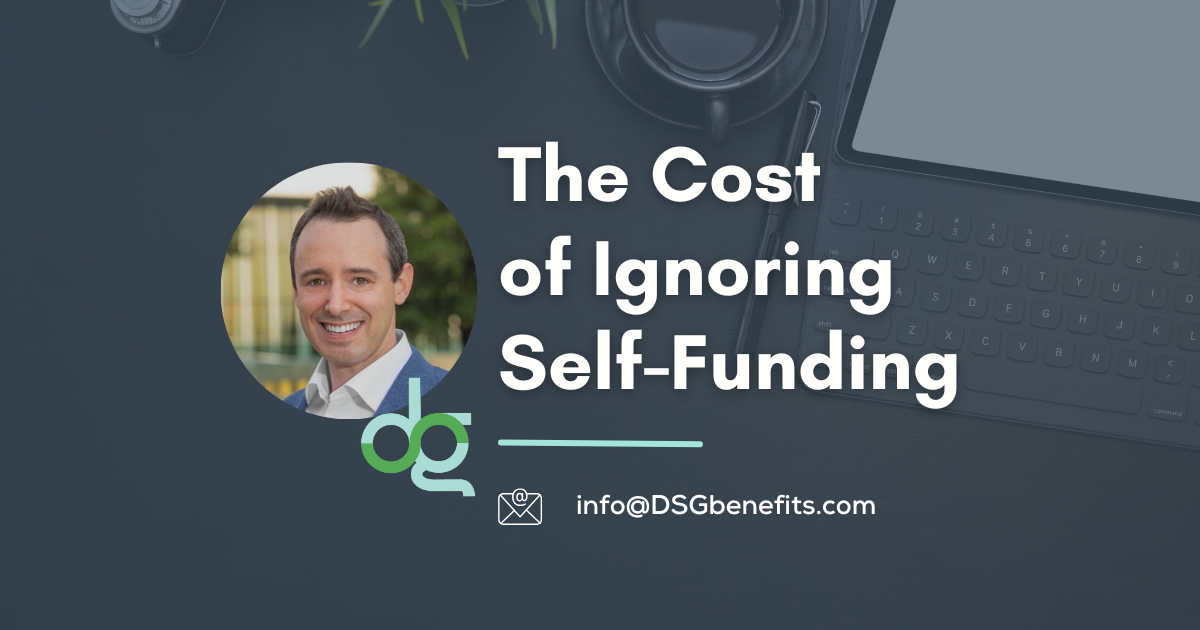As a health insurance broker, I speak to business owners and HR teams daily who are struggling with rising health insurance costs. Year after year, they are hit with premium increases of 8-10% or more from their fully insured health plans. These escalating costs eat into profits and strain budgets, limiting the company’s investments in other areas like growth, innovation, and employee compensation.
What if there was a better way to provide quality, affordable health benefits while gaining more control over spiraling costs? Self-funded health plans allow you to do exactly that – but unfortunately, many companies dismiss this option due to widespread myths and misconceptions.
Myth #1: “We Are Too Small for Self-Insurance”
One of the biggest myths is that only large corporations can take advantage of self-insured health plans. This is not true. With the guidance of an experienced benefits consultant, companies with as few as 25 employees can successfully self-fund their health plans.
Self-funding allows you to pay for employee claims directly instead of pre-paying premiums to an insurance carrier. By taking on a level of financial risk, you gain complete transparency into your claims data and utilization patterns. This insider knowledge equips you to implement targeted cost-containment strategies like wellness programs, provider negotiations, and employee education.
The truth is that self-funded plans can be customized to fit companies of nearly any size through careful plan design and the strategic use of stop-loss insurance to protect against catastrophic claims. There is no reason a growing business should rule out this cost-saving opportunity based on employee headcount.
Myth #2: “Self-Insurance is Too Risky”
Another common concern is that self-funding exposes the company to unlimited risk and liability if claims spike. While it is true that you are assuming more responsibility for paying claims compared to a fully insured plan, there are proven ways to mitigate and manage this risk appropriately.
By purchasing stop-loss coverage, you set a ceiling on the maximum claims exposure for individual members and your entire group. The stop-loss policy covers any catastrophic claims exceeding this threshold, protecting you from potential bankruptcy due to high-cost claimants. Stop-loss acts as a safety net while allowing you to benefit from self-funding.
Additionally, self-funded plans provide insights that traditional insurance plans can’t match. By analyzing claims data, we can pinpoint cost drivers and adjust your plan design, networks, and employee education to stem overspending proactively. The real risk is passively accepting annual double-digit premium hikes from carriers without a long-term strategy to flatten your costs.
The Path to Sustainable Health Costs
At DSG Benefits Group, we understand employers’ concerns about taking on more responsibility for health plan costs. However, we have helped many companies successfully transition to self-funding to stabilize runaway costs and gain more control over their benefits program.
By addressing common misconceptions about self-insurance and designing a plan suited to your company’s needs, you can provide competitive health benefits while charting a new trajectory for sustainable costs. When it comes to your benefits budget, don’t let myths hold you back from making the best decision for your business.

